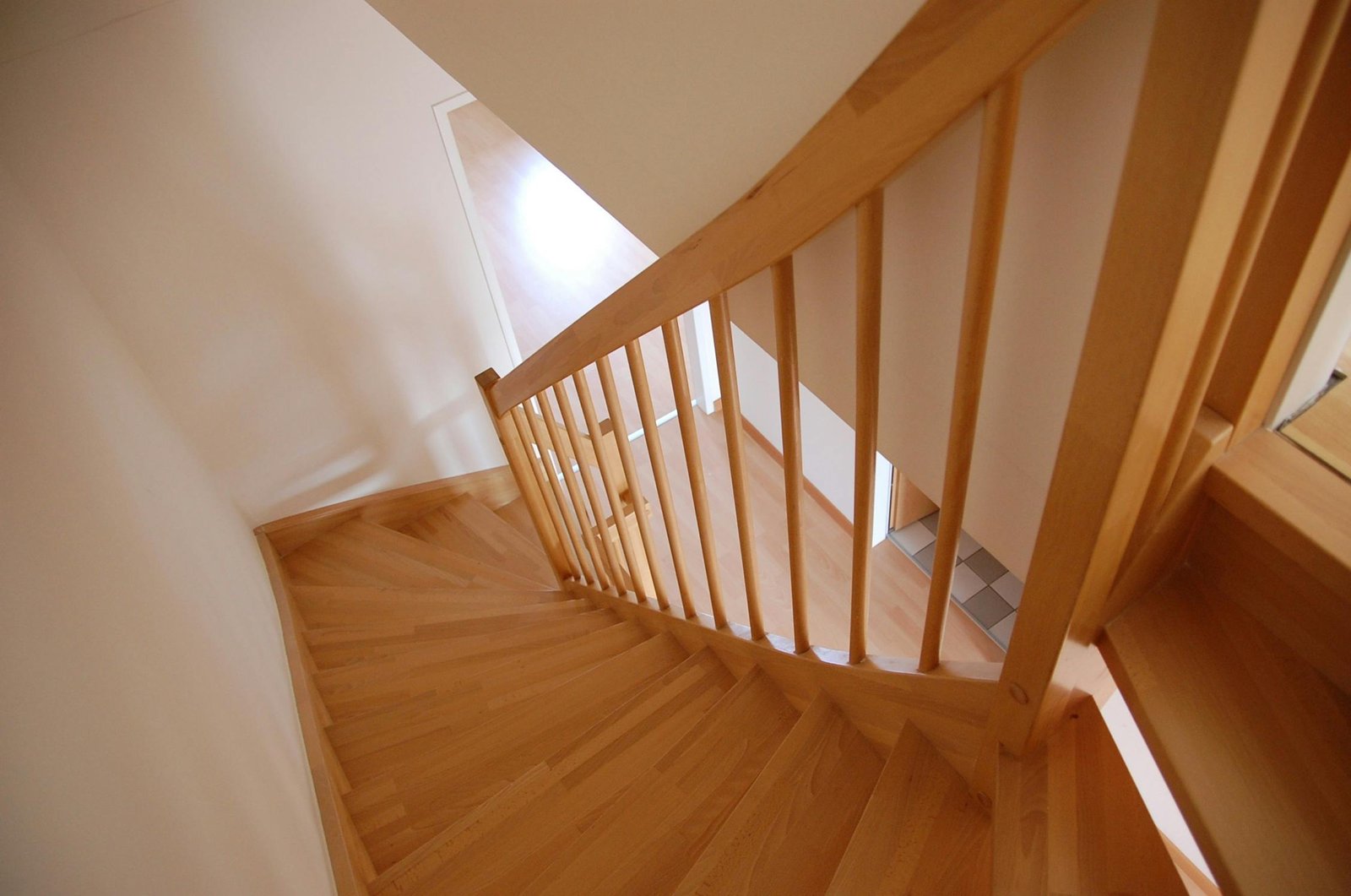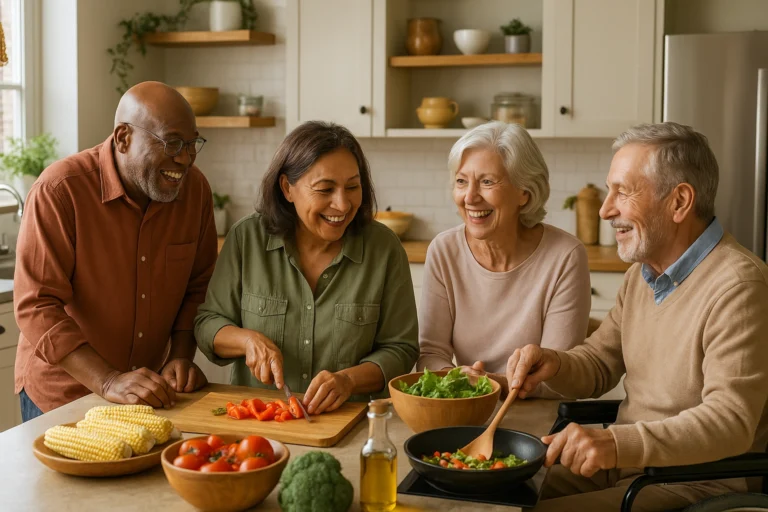Stairs can be a significant challenge for the elderly, posing risks of falls and injuries. Modifying stairs to make them safer and more accessible is crucial for maintaining independence and mobility in seniors. In this article, we will explore various ways to modify stairs for the elderly, ensuring a safer and more comfortable living environment.
Understanding the Risks

As people age, their physical abilities often decline, making it harder to navigate stairs safely. Factors such as reduced balance, muscle strength, and vision contribute to the increased risk of falls. According to the Centers for Disease Control and Prevention (CDC), falls are the leading cause of injury and death among older adults. Thus, making necessary modifications to stairs is vital for their safety.
1. Installing Handrails
One of the simplest and most effective modifications is the installation of handrails. Handrails provide essential support and balance for seniors when climbing or descending stairs.
- Dual Handrails: Ideally, install handrails on both sides of the staircase to offer additional support.
- Height and Grip: Ensure that handrails are at a comfortable height and have a non-slip grip surface to prevent slipping.
2. Non-Slip Surfaces
Slippery stairs can be hazardous for seniors. Adding non-slip surfaces can significantly reduce the risk of falls.
- Non-Slip Treads: Apply non-slip treads or strips to each step. These are available in various materials, including rubber and adhesive-backed strips.
- Carpeting: Consider adding low-pile carpeting with a secure backing to provide traction without creating a tripping hazard.
3. Improved Lighting
Good lighting is essential for preventing falls, especially for seniors with impaired vision.
- Motion Sensor Lights: Install motion sensor lights that automatically turn on when someone approaches the stairs. These lights ensure that the stairs are always well-lit, reducing the risk of trips and falls.
- Bright Bulbs: Use bright, high-wattage bulbs in stairwell fixtures to provide ample illumination.
4. Stair Lifts
For seniors with significant mobility issues, stair lifts can be a game-changer. Stair lifts are motorized chairs that glide along a rail attached to the staircase, carrying the user up and down the stairs safely.
- Professional Installation: Ensure that stair lifts are installed by professionals to guarantee safety and reliability.
- Comfort and Safety Features: Look for models with safety belts, swivel seats, and footrests for added security and comfort.
5. Step Modifications
Modifying the steps themselves can make a significant difference in stair safety.
- Lower Riser Height: Reducing the height of each step’s riser can make it easier for seniors to climb the stairs.
- Wider Treads: Widening the treads provides more space for footing, reducing the risk of missteps.
6. Adding Landings
For longer staircases, adding landings can provide a resting spot for seniors who may get tired or need a break.
- Intermediate Landings: Install landings halfway up the staircase, offering a place to pause and regain energy.
- Secure Handrails: Ensure that landings also have secure handrails for additional support.
7. Ramps
In some cases, replacing stairs with ramps might be the best solution, especially for seniors who use wheelchairs or walkers.
- Gentle Slope: Ensure that the ramp has a gentle slope to make it easy to navigate.
- Non-Slip Surface: Use non-slip materials on the ramp to prevent slipping.
Technology Integration
Integrating technology can further enhance stair safety for seniors. The SeniorThrive app is an excellent tool for managing and monitoring various safety features in the home. This app can help seniors and caregivers keep track of safety modifications and ensure that all necessary adjustments are maintained properly.
Comprehensive Safety Solutions
For a holistic approach to stair safety, combining several modifications is often the best strategy. For more detailed guidance on modifying stairs for senior mobility, check out our article on how to modify stairs for elderly. This resource provides comprehensive insights into creating a safer living environment for older adults.
Conclusion
Modifying stairs for the elderly is an essential step in ensuring their safety and maintaining their independence. Simple changes, such as installing handrails and improving lighting, can significantly reduce the risk of falls. For those with greater mobility challenges, more extensive modifications like stair lifts and ramps may be necessary.
By implementing these modifications, you can create a safer and more comfortable living environment for seniors. Additionally, utilizing tools like the SeniorThrive app can help manage and monitor these safety features, providing peace of mind for both seniors and their caregivers. Embracing these changes will contribute to the overall well-being and quality of life for the elderly, allowing them to navigate their homes with confidence and ease.



